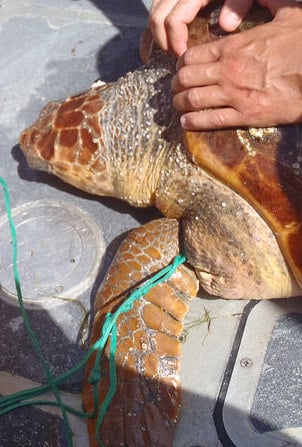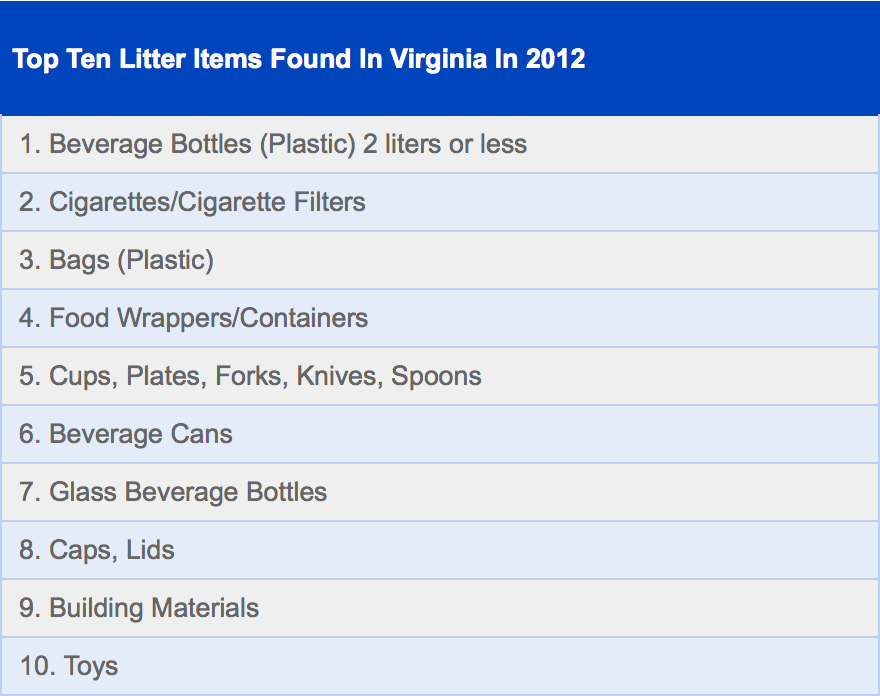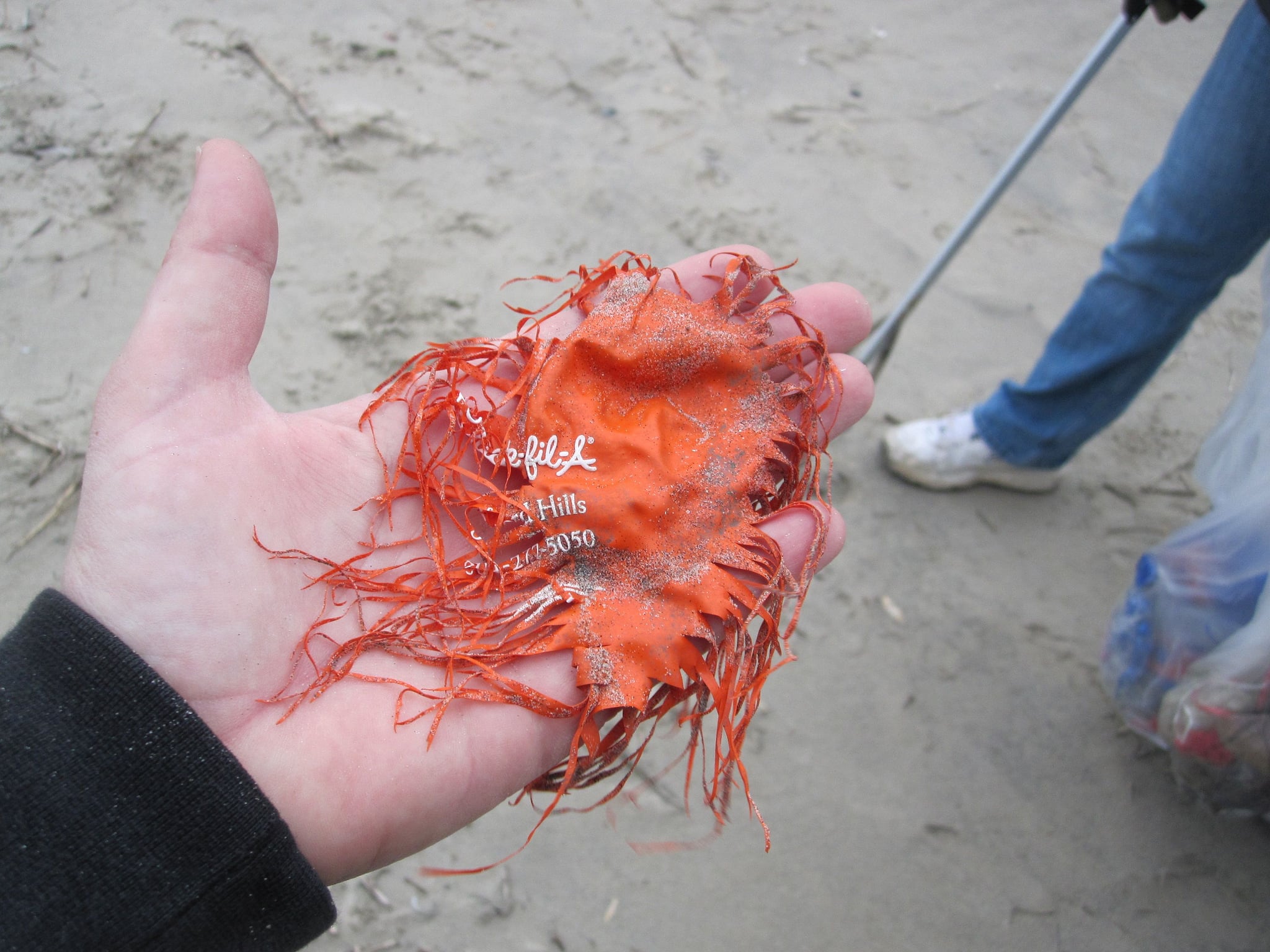Trash in the ocean, also called marine debris, is far more than just an aesthetic problem. Trash that ends up in the ocean, especially plastic, can be a serious survival risk for ocean wildlife. Sea turtles often die from ingesting balloons and plastic bags, dolphins get tangled in fishing line, and some seabirds are known to feed pieces of plastic such as cigarette lighters and bottle caps to their chicks.

This loggerhead sea turtle was rescued by the U.S. Coast Guard off the Atlantic coast after being entangled in plastic line and dragging a bucket. Photo: Coast Guard News
The Commonwealth of Virginia has responded to this growing threat by launching the East Coast’s first State Marine Debris Reduction Plan to curb the flow of garbage into our ocean. The Plan is an outcome of a Marine Debris Summit held in 2013, organized in part by Laura McKay, our MARCO Management Board and Manager of the Virginia Coastal Zone Management (CZM) Program. The Summit brought together a diverse array of partners, including Clean Virginia Waterways (CVW), the Virginia Aquarium and the Virginia Institute of Marine Science (VIMS). The Summit was a pivotal event that became the catalyst for several new Virginia CZM Program efforts.
The Plan, about to be released next month, was given a major kick start through two NOAA grants to combat marine debris. The first of these will fund a social marketing campaign directed at people who organize balloon release events (balloons, lethal to sea turtles, were the most common form of marine debris recovered during clean up efforts on Hog Island, a remote barrier island on Virginia’s eastern shore).
The second NOAA grant is for a Shoreline Survey of marine debris at three monitoring sites on Virginia’s coast to collect data on quantities and types of marine debris. Data collected under this grant between summer 2014 and spring 2015 will be submitted to NOAA’s national database. The grant will also attempt to establish permanent monitoring at these sites to provide much needed data on whether reduction efforts are paying off.
Take a deeper look:
- Virginia CZM Magazine (Fall 2014) with a feature article on marine debris by Laura McKay.
- Virginia CZM on Marine Debris Issues
And here are some of the most common litter items found on Virginia’s shores:

Image at Top: Balloon found on beach by the Virginia Aquarium Stranding Response Program. Photo: U.S. Fish and Wildlife Service.
Share this:

